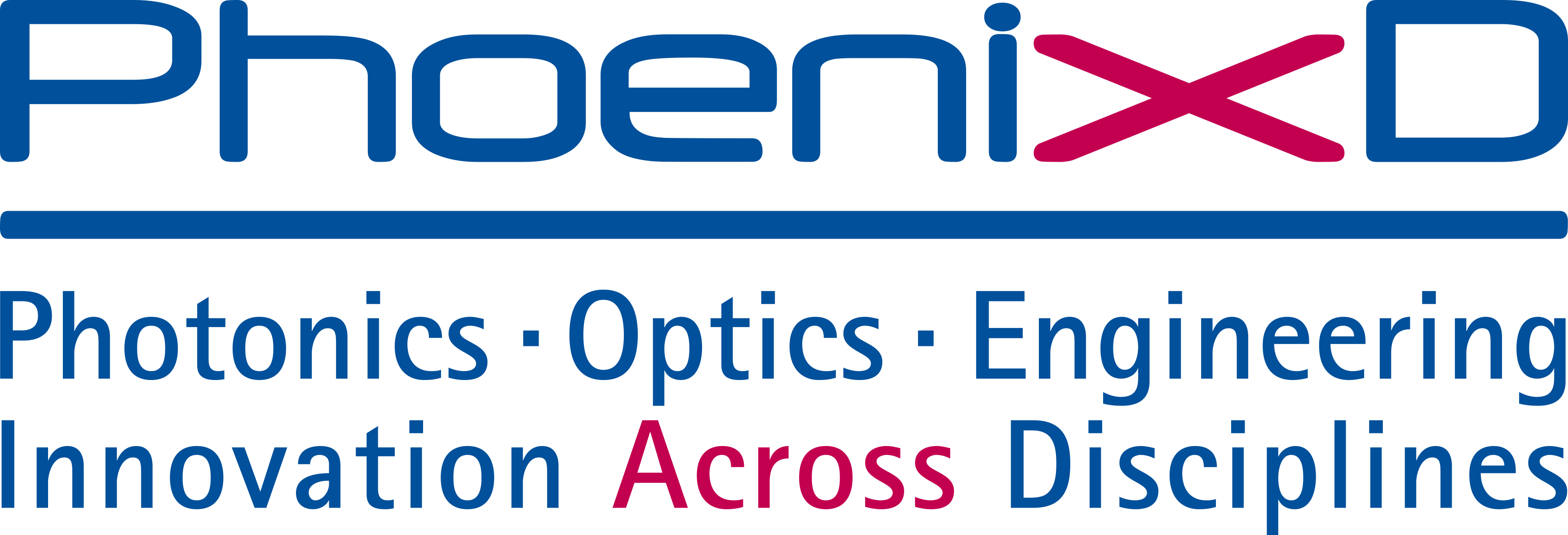Bendable Fiber Lens for Minimally Invasive Endoscopy
- verfasst von
- Ronja Stephan, Elias Scharf, Kinga Zolnacz, Waclaw Urbanczyk, Katharina Hausmann, Matthias Ließmann, Johannes Gürtler, Tom Glosemeyer, Jürgen Czarske, Michael Steinke, Robert Kuschmierz
- Abstract
Fiber-based endoscopy holds unique and breakthrough potential for translating conventional microscopy to minimally invasive applications. An outstanding example is in vivo all-optical cancer diagnostics, which mitigates patient safety risks and economic costs of surgical tissue extraction. Recently, lensless endoscopy has enabled 3D illumination and imaging through specialty fibers with diameters of only a few hundred microns. However, it requires complex electro-optical components and sophisticated real-time calibration concepts to correct the dynamic distortions that the fibers imprint on the to-be-received images. Consequently, clinical applications have not yet been addressed. Bridging this gap, endoscopic direct and pixelation-free imaging is demonstrated via a unique optical fiber that mimics the functionality of a diffractive lens but is minimally invasive and resilient to bending. Particularly, the approach utilizes a hologram printed on the facet of a bend-resilient multicore fiber. The hologram contains a Fresnel-like phase zone plate that generates a focal plane for imaging. Additionally, a quasi-aperiodic arrangement of the fiber cores, combined with a physics-informed neural network mitigates ghost images and enhances the imaging contrast. The presented approach opens a novel pathway to translate ex vivo microscopy to in vivo endoscopy, for instance for low-risk minimally invasive diagnostics or optogenetics.
- Organisationseinheit(en)
-
Institut für Quantenoptik
PhoenixD: Simulation, Fabrikation und Anwendung optischer Systeme
QUEST Leibniz Forschungsschule
- Externe Organisation(en)
-
Technische Universität Dresden
Wroclaw University of Technology
- Typ
- Artikel
- Journal
- Laser and Photonics Reviews
- ISSN
- 1863-8880
- Publikationsdatum
- 18.03.2025
- Publikationsstatus
- Elektronisch veröffentlicht (E-Pub)
- Peer-reviewed
- Ja
- ASJC Scopus Sachgebiete
- Elektronische, optische und magnetische Materialien, Atom- und Molekularphysik sowie Optik, Physik der kondensierten Materie
- Ziele für nachhaltige Entwicklung
- SDG 3 – Gute Gesundheit und Wohlergehen
- Elektronische Version(en)
-
https://doi.org/10.1002/lpor.202401757 (Zugang:
Offen)


